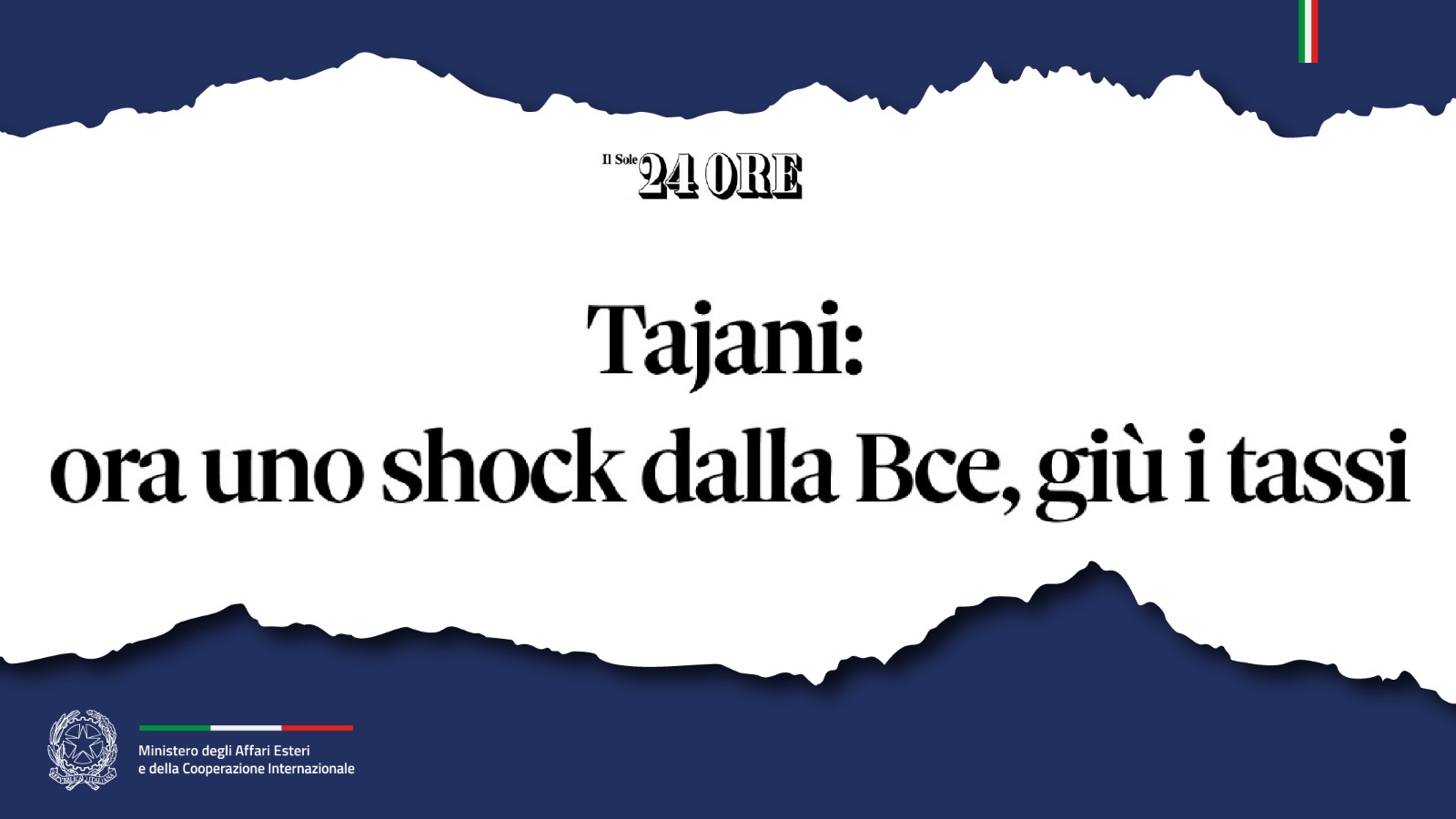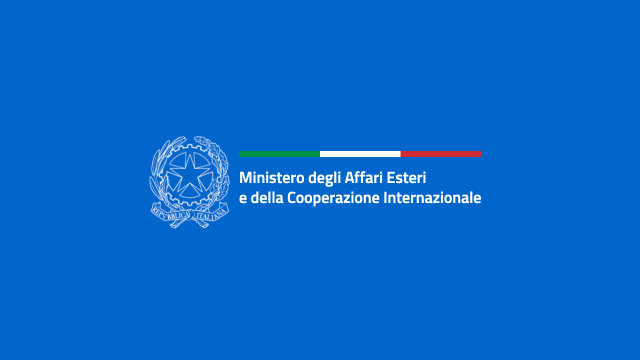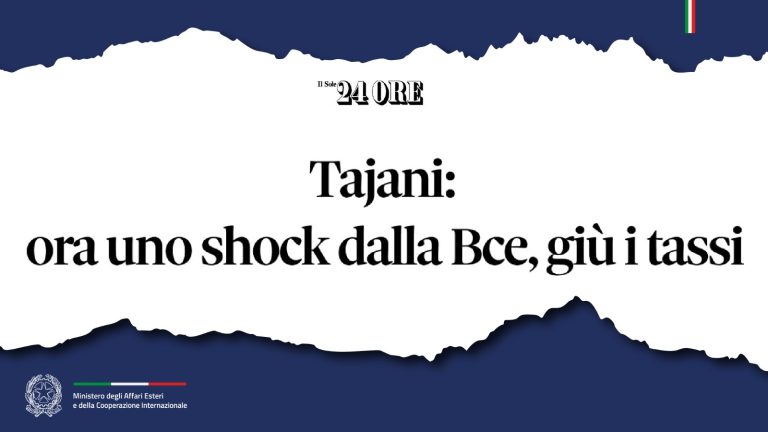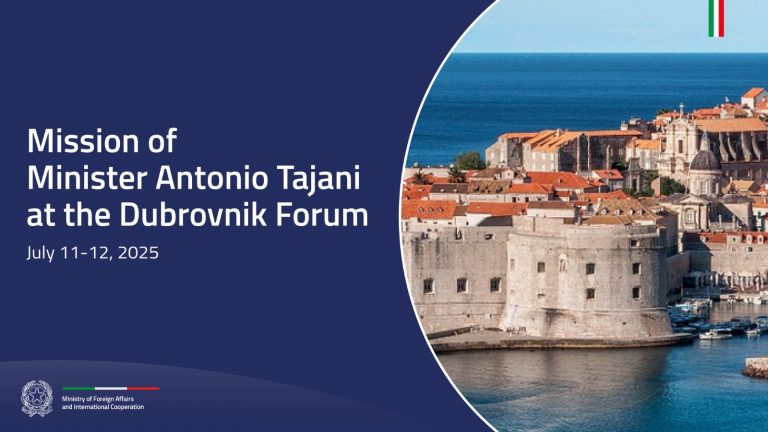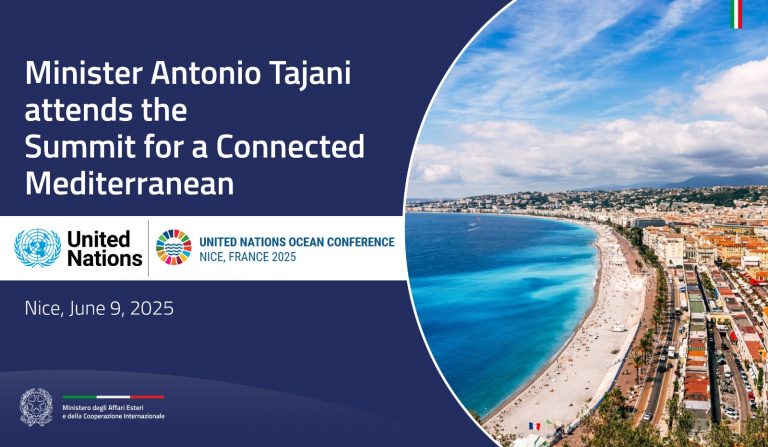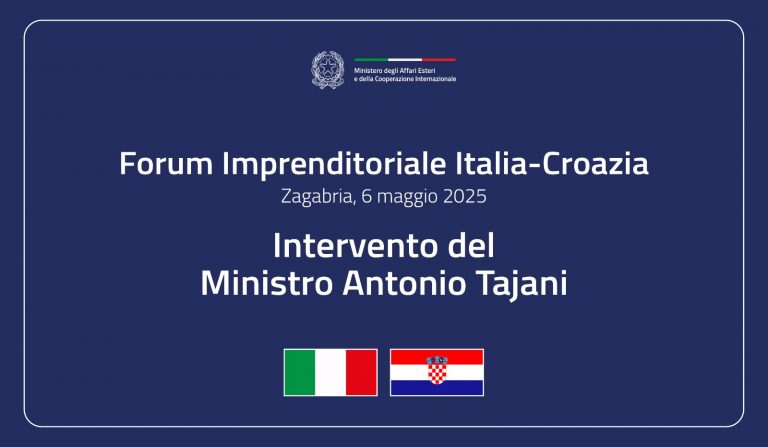ROME – “I think this is a positive step, and we can achieve further improvements”. The joint US-EU text on tariffs has just been announced: there is no long-awaited exemption for wine and spirits, and steel and aluminum still face a heavy 50% duty. But Antonio Tajani, Italy’s Minister of Foreign Affairs, seeks to ease business concerns.
Minister, is there room for changes?
First of all, it’s good that a general 15% rate has been formalised, thereby avoiding a trade war. The 15% for sectors such as pharmaceuticals and automotive is positive, considering where negotiations started. Certainly, this is not an end point but a starting one: it could have been worse, and for now we’ve secured the best result possible, even if we must keep fighting to protect sectors that still lack safeguards. The text includes a clause that allows further discussion on other sectors, and we will work on this with Commissioner Sefcovic, who has done an excellent job as negotiator so far.
What is the maximum goal?
To also secure exemptions for wine and spirits, while working hard to protect the entire agri-food sector. We also want improvements for steel and aluminum. I would note that an alliance is emerging between the US and the EU for joint action to prevent trade diversion effects from China.
How should this initiative take shape?
For steel and aluminum, tariffs technically remain at 50% for now, but a quota system is being studied to counter common rivals in Asia. On this front, the US-EU deal includes a clause on cooperation against overcapacity, including the possible use of tariff-rate quotas. This will lead to a new EU proposal to expand steel safeguards beyond 2026. Sefcovic also clarified there will be no additional tariffs on steel and aluminum components for automobiles.
Overall, don’t you think Europe accepted a second-rate deal?
I don’t see it that way. I think Europe has shown capability, with Italy playing an important role. Some point out that the UK obtained 10%, but we’re talking about very different export volumes. I would stress that the 15%, being more favorable than what many others face, may actually allow Italy to occupy market spaces currently held by non-EU competitors.
You mentioned a possible follow-up to the negotiations. Does the government intend to wait or immediately move to support the most exposed sectors?
We are fully engaged with businesses. We immediately convened a technical meeting at the Farnesina with trade associations to present the agreement. We continue with our export diversification plan together with ICE, Simest, and Sace, aiming to grow in non-EU markets as alternatives to the United States, while keeping alive the goal of EUR 700 billion in exports by the end of the legislature. As for possible compensations, we are ready to do whatever it takes to support companies, but first we need to see the final outcomes and estimate real damages. In any case, beyond targeted aid, I believe the ECB can now play a key role in supporting European industry.
In what way?
There is one issue weighing heavily on companies: the depreciation of the dollar against the euro. I believe the ECB can do a lot at this stage to support European industry. With inflation stuck at 2%, the time is ripe to further cut interest rates — from 2% to 1.5%, or even to 1%, if not zero. The ECB could also launch a sort of new “Quantitative Easing” by purchasing government bonds, as it did during Covid. And, still at the European level, companies’ access to credit could be supported by temporarily raising — through a fast-track procedure — the threshold of the “SME Supporting Factor” from exposures up to EUR 2.5 million to EUR 5 million.

